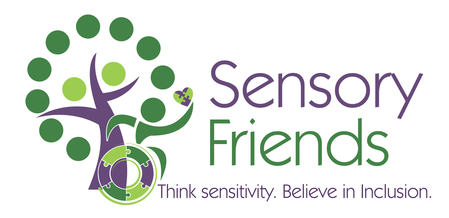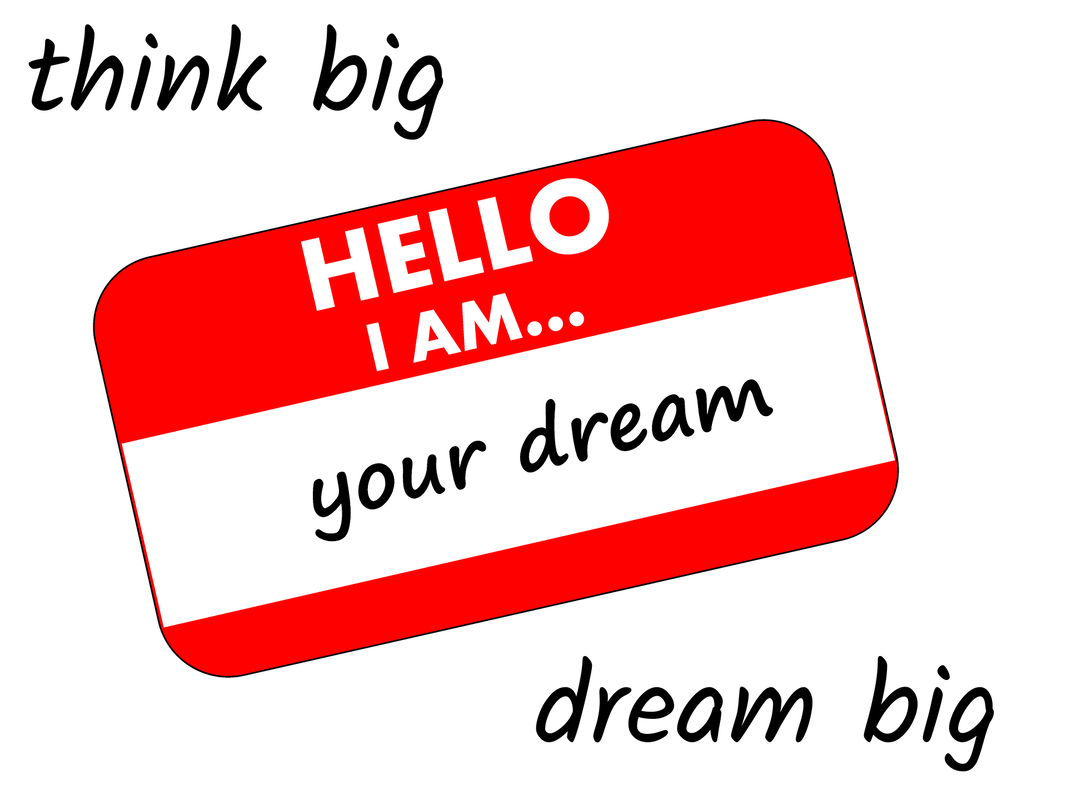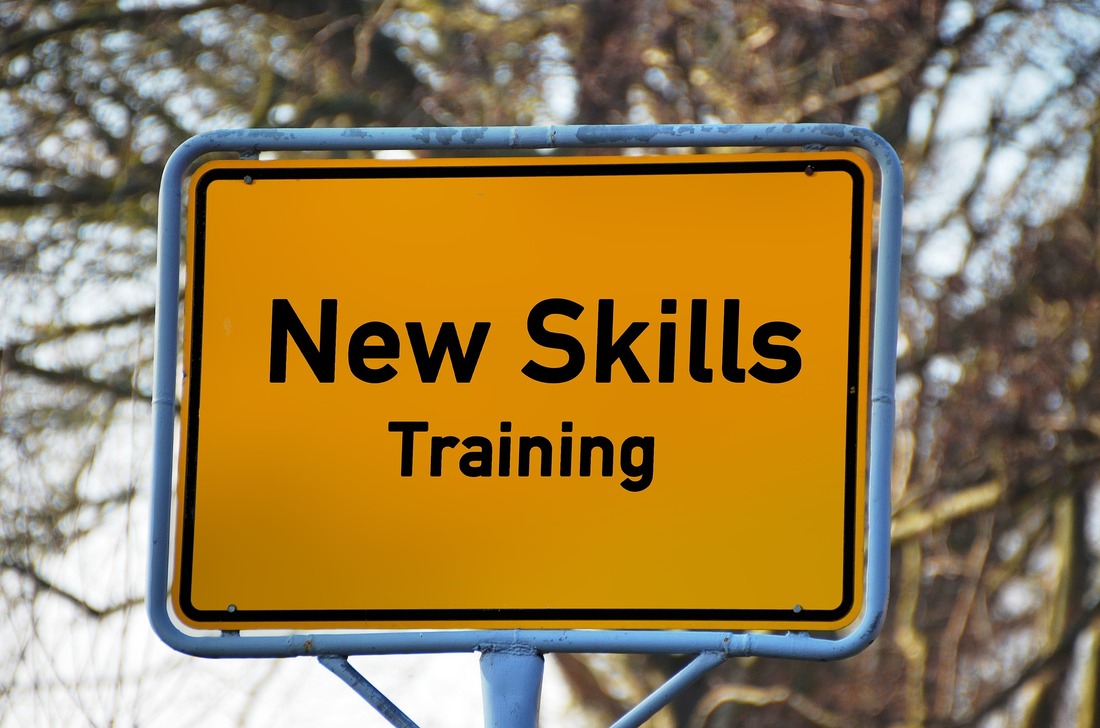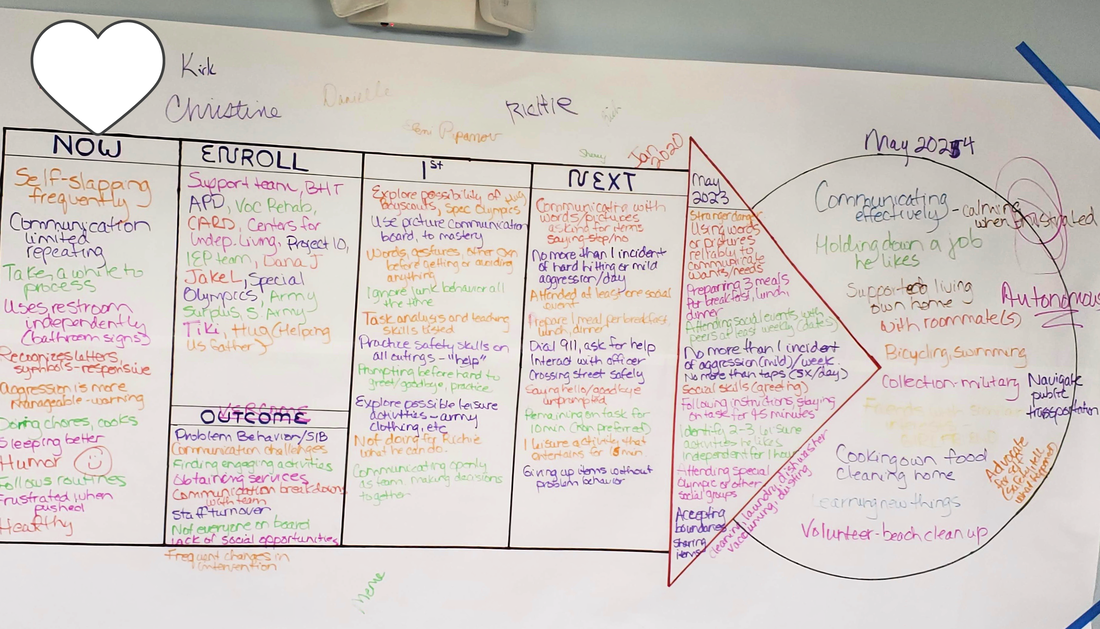What is a Person-Centered Plan?
Key Steps for Preparing for the Person-Centered Planning Meeting Include:
- Scheduling a time and place for a group of participants that is convenient and comfortable for about a two-hour meeting.
- Inviting anyone who is involved in Richie’s life. Richie’s siblings, his parents (in our family situation he has two family households – Kirk and I and his dad and stepmom). We also invited therapists, members of the IEP team at school, care givers, service providers and anyone who might be able to contribute meaningful information about Richie. For anyone who couldn’t make the meeting, we invited them to provide input by answering a few questions via email that would be shared and discussed during the meeting.
- Having markers, paper, tape, large sheets of note paper (25 X 30 would be ideal) and pens available at the meeting.
- Having one person record the discussion and another person delegated for facilitating the discussion and writing information on the sheets.
- Deciding on a way to maintain contact for sharing information and updates. For us, it was decided we would maintain contact via email.
What Content is Required and Discussed at the Person-Centered Planning Meeting:
- Communicating Effectively
- Calming when frustrated
- Holding down a job he likes
- Owning his home with living supports – with roommates if he chooses
- Being autonomous
- Bicycling/Swimming doing fun outdoor activities
- Hobbies – Military collection (Richie loves military hats/clothing, etc.)
- Having friends with similar interests/girlfriend
- Cooking his own food and cleaning his home
- Volunteering – beach cleanup (Richie loves the beach)
- Navigating Public Transportation
- Advocating for himself – voting, safety, etc.
-
Now: What is currently happening with Richie in relation to this vision? In this part we were able to list the things that Richie is currently doing. It was natural for us to begin with the things we found to be difficult for Richie. Our facilitator reminded us that we were to also think about all the positive things that Richie is doing successfully. We listed:
- Self-slapping frequently
- Communication – limited repeating, using pictures
- Takes a while to process information and movement
- Uses restroom independently
- Recognizes letters (we believe he can read), symbols, and is responsive
- Aggression is more manageable
- Does chores and cooks
- Sleep is much better
- Has a sense of humor
- Follows routines
- Frustrated when pushed
- Healthy
-
Enroll: Who could we get to help? In this section we list the people in Richie’s life, as well as local agencies and other community resources who can contribute and help Richie to reach his goals. We can enroll:
- Behavior Support Team
- IEP Team
- APD
- Vocational Rehabilitation
- Centers for Independent Living
- Project 10
- Occupational Therapist
- Special Olympics
- Army Surplus
- Siblings
- HUG
-
Overcome: What challenges will we face? In this step we list the things that serve as barriers to Richie’s success. We listed the following:
- Challenging Behavior (SIB)
- Communication
- Finding Engaging Activities Richie is interested in
- Obtaining Services
- Communication breakdown within the team
- Staff turnover
- Not everyone being on board with the plan (fidelity)
- Lack of social activities
- Frequent changes in intervention
-
Benchmark: What do we need to achieve to make this dream a reality? We chose a date that was between now and our future goal to list activities and things Richie should be able to do. Our list of goals was set for year 2022 and looked like this:
- Understand Stranger Danger
- Use words or pictures reliably to communicate wants or needs
- Prepare 3 meals for breakfast, lunch or dinner
- Attend social events with peers at least weekly (dates)
- Have no more than one incident of aggression (mild)/week. No more than taps (5x a day)
- Have some social skills – greeting
- Follows instructions and stays on task for 45 minutes
- Identify 2-3 activities he likes and does independently for 1 hour
- Attends special Olympics or other social activities
- Accepts boundaries and sharing items
- Has new chore tasks: cleaning, dishwasher, vacuuming, dusting
-
Next: Who will need to do what by when to put this plan into place? In this step we chose a date within six months of developing this plan to list the things we believe Richie will be able to do. We will be using the resources we all listed (please note that this plan will change over time, other ideas and resources may be added later).
- Communicate with words/pictures asking for items/saying stop or no
- No more than 1 incident of hard hitting or mild aggression per day
- Attend at least one social event
- Prepare 1 meal for breakfast, lunch and dinner
- Dial 911 and ask for help, interact with an officer appropriately, cross the street safely
- Saying hello or goodbye unprompted
- Remaining on task for 10 minutes (non-preferred activity)
- 1 leisure activity that entertains him for 15 minutes
- Giving up items without challenging behavior
-
1st: What steps can we take right away? We were told to think about what we could do now to help Richie to reach these goals. What resources did we have access to? Who could we contact to learn more about other resources? This is what we came up with:
- Explore possibility of HUG (Online social activities), Boy-scouts, Special Olympics and other community activities
- Use picture communication board
- Words, gestures, other communication before getting or avoiding anything
- Ignore all junk behavior all the time
- Task analysis and teaching skills listed
- Practice safety skills on all outings (“help”)
- Prompting before greetings/goodbye, practice
- Explore possible leisure activities
- Not doing for Richie what he can do
- Communicate openly as team making decisions together














 RSS Feed
RSS Feed